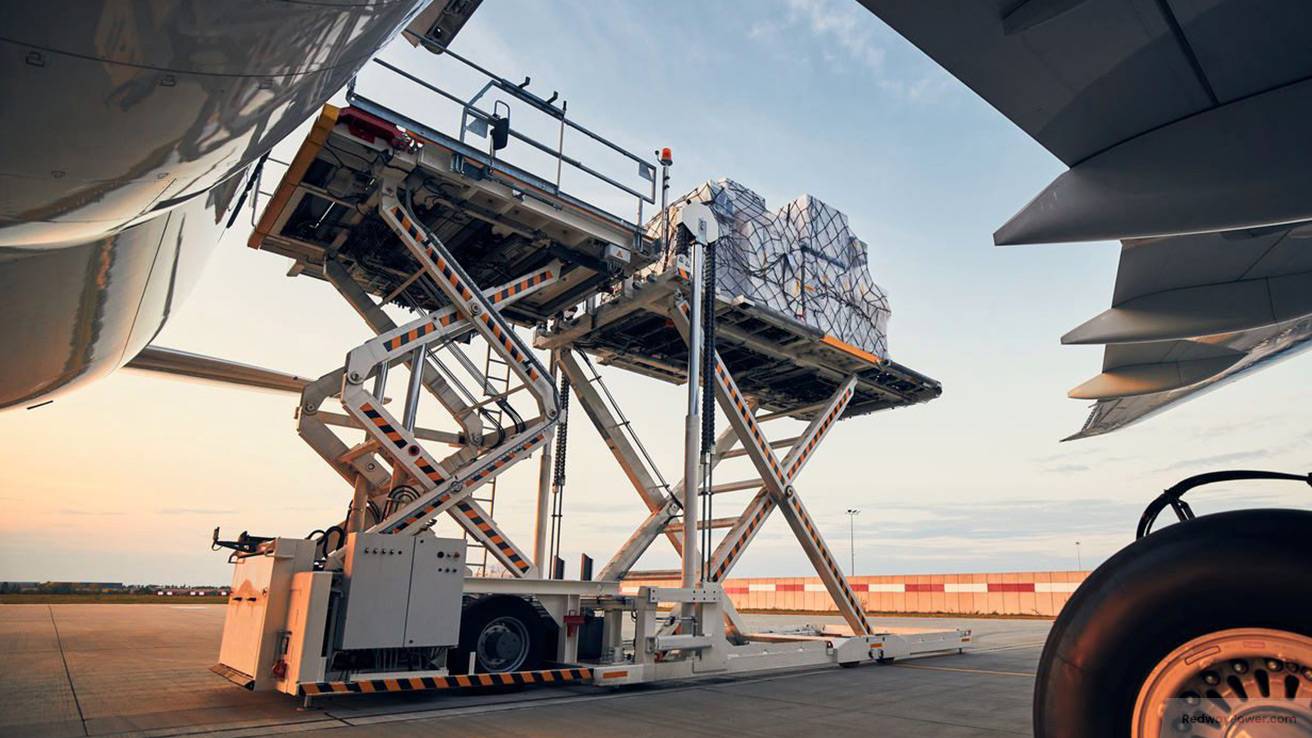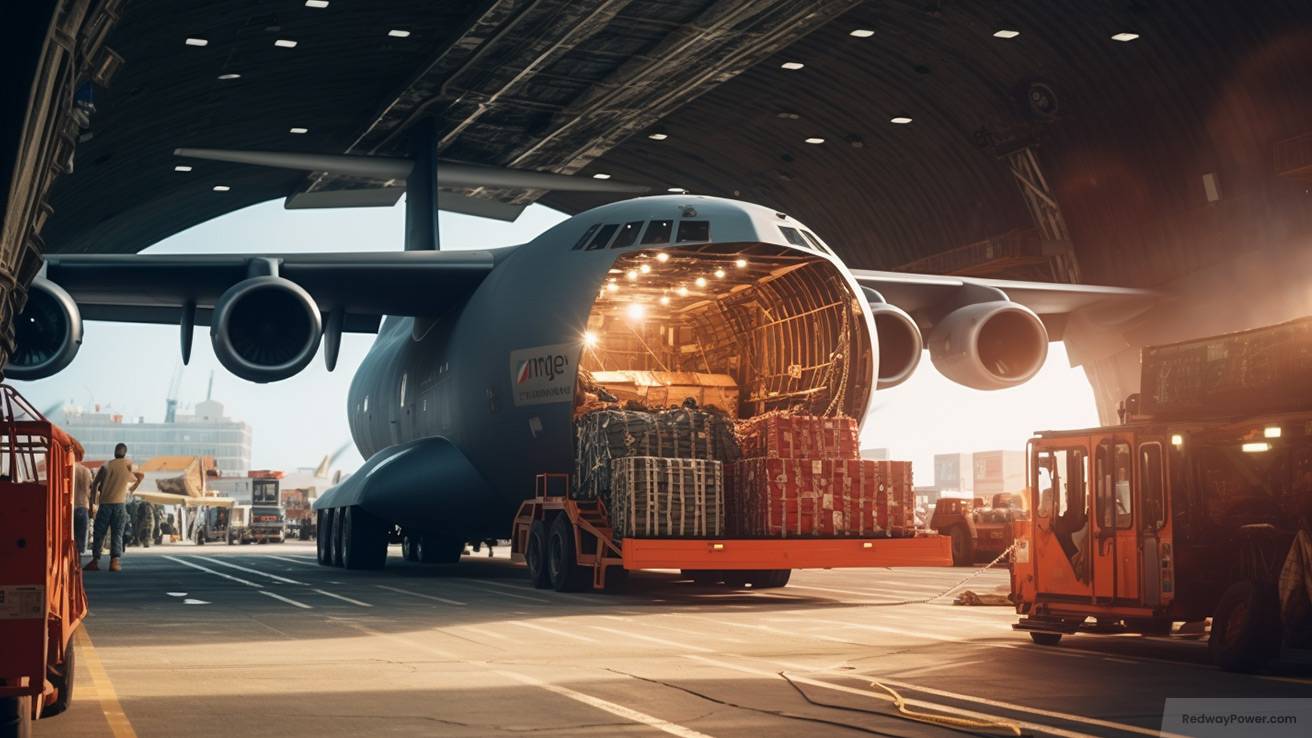Lithium batteries power our devices, but shipping them by air is challenging due to strict airline regulations. Join us on an electrifying journey as we explore why airlines have restrictions on transporting lithium batteries, delving into safety measures to protect passengers and cargo.
The Risks of Shipping Lithium Batteries by Air
Lithium batteries, vital for powering devices like smartphones and electric cars, pose significant risks when shipped by air. These dangers include thermal runaway, mechanical damage, and potential explosions. Despite strict airline regulations, occasional accidents still occur, prompting efforts to explore safer transportation alternatives and improve industry safety standards.
- Thermal Runaway Risk: Lithium batteries can undergo thermal runaway, releasing flammable gases and igniting in the presence of a short circuit or overheating. This poses a severe threat during air travel, potentially leading to catastrophic fires on board.
- Mechanical Damage Concerns: Fragile to impacts, lithium batteries are susceptible to damage during transportation. Even minor cracks or punctures in the battery casing can result in electrolyte leakage and chemical reactions, emphasizing the need for careful handling.
- Explosion Possibility: Under specific conditions, lithium batteries can explode due to internal defects or external factors like extreme temperatures. This risk is heightened during air travel, necessitating stringent regulations and packaging requirements to minimize accidents.
- Airline Regulations and Challenges: Airlines have implemented strict rules on lithium battery shipments, including quantity limits and specific packaging requirements. Despite these precautions, occasional incidents, such as undetected faulty batteries causing fires in cargo holds, highlight the ongoing challenges in ensuring safe air transportation.
- Exploring Safer Transportation Alternatives: To address safety concerns, alternatives like specialized vehicles with fire suppression systems and temperature-controlled environments are being explored. These aim to provide secure transportation for hazardous materials like lithium batteries, minimizing the risk of accidents.
- Improving Safety Standards: Industry-wide efforts are underway to enhance safety standards for lithium battery transportation. This involves stricter testing procedures for manufacturers, ensuring better quality control and minimizing the likelihood of faulty batteries reaching consumers.
Conclusion: While the volatile nature of lithium batteries poses inherent risks during air transportation, continuous efforts are being made to enhance safety measures at every stage – from production to transportation. Vigilance and adherence to regulations remain crucial in mitigating potential hazards.
Airline Regulations and Restrictions on Lithium Battery Transport
Airline regulations are crucial for the safe transportation of lithium batteries, given their potential fire risk. These batteries are classified as dangerous goods, subject to strict rules during air travel to ensure passenger and crew safety.
- International Classification and Regulations: Lithium batteries are internationally classified as dangerous goods due to their fire risk. Regulations from organizations like ICAO and IATA guide airlines in packaging, labeling, and handling lithium battery shipments to minimize hazards.
- State of Charge Requirement: To reduce the risk of thermal runaway, lithium batteries must be shipped with a state of charge below 30%. This precautionary measure aims to prevent overheating and potential fires during transportation.
- Rigorous Testing for Safety Standards: Each package containing lithium batteries undergoes rigorous testing to meet safety standards. These tests ensure that the packaging is secure, minimizing the chances of mishaps related to the batteries’ volatile nature.
- Restrictions on Passenger Aircraft: Passenger aircraft have specific restrictions on carrying large quantities of lithium batteries in cargo holds due to fire concerns. Airlines often limit quantities or prohibit certain types of lithium batteries on passenger flights to prioritize safety.
- Safety Priority for Passengers and Crew: The regulations are designed not to hinder commerce but to prioritize safety for both passengers and crew members. Strict adherence to these regulations, coupled with continuous improvement of safety protocols, helps prevent accidents associated with lithium battery transportation.
Case Studies of Accidents Involving Lithium Batteries on Airplanes

Recent incidents involving lithium batteries on airplanes have raised significant concerns about their safe transport. These cases emphasize the need for stringent regulations and safety measures to address the potential dangers associated with shipping lithium batteries by air.
- Tragic 2010 Cargo Plane Incident: In 2010, a cargo plane carrying lithium batteries caught fire shortly after takeoff, leading to a crash and the loss of all onboard crew members. This tragic event underscored the urgency for stricter regulations and safety measures surrounding lithium battery transportation.
- Passenger Plane Fire Wake-Up Call: Another incident involved a passenger plane where a faulty lithium battery in a laptop caught fire during flight. Quick actions by cabin crew members prevented serious damage or injuries, serving as a wake-up call for the aviation industry to enhance safety protocols.
- Inherent Risks of Lithium Batteries: The accidents highlight the inherent risks of transporting lithium batteries by air, given their high energy density. Improper handling or damage during transit can lead to overheating and combustion, necessitating strict regulations to mitigate these risks.
- Airlines’ Safety Regulations: Airlines have responded by implementing strict regulations, including specific packaging requirements and quantity limitations for shipping lithium batteries by air. Some types of lithium batteries are entirely banned from air transport due to their volatile nature.
- Alternative Transportation Methods: While alternative transportation methods exist, such as ground or sea transport, safety precautions must remain a priority. Ongoing research and development efforts focus on improving battery design and materials to enhance safety during transport.
- Learning from Incidents: Case studies of lithium battery accidents on airplanes provide valuable insights, emphasizing the importance of heavy regulation. Understanding these risks is crucial for developing safer practices that prioritize passenger safety while ensuring the global delivery of this essential technology.
Alternatives to Shipping Lithium Batteries by Air
Efficient transportation of goods is crucial in today’s fast-paced world, but air transport may not always be the best choice for shipping lithium batteries. Fortunately, there are safer alternatives available that ensure both reliability and timely delivery.
- Ground Transportation: Utilizing trucks or trains for ground transportation provides a controlled environment, minimizing risks associated with temperature fluctuations or pressure changes. This method not only reduces accident chances but also allows for easier monitoring and handling of sensitive lithium batteries.
- Sea Freight Option: Sea freight, though slower than air travel, offers advantages for shipping lithium batteries. Proper packaging and adherence to international regulations make maritime transport a cost-effective solution while reducing potential hazards associated with air transport.
- Drone Delivery Innovation: Technological advancements introduce innovative solutions like drone delivery. While still in early stages, using drones for transporting lithium batteries could revolutionize logistics, offering quick deliveries over short distances without relying on traditional transportation modes.
- Exploring Alternative Battery Technologies: Research into alternative battery technologies, such as solid-state or hydrogen fuel cells, could eliminate the need for shipping lithium batteries altogether. These systems show promise as safer, less hazardous replacements during transit.
Conclusion: Striving towards safer lithium battery transportation globally, considering alternatives like ground, sea, and innovative technologies is crucial. These options help mitigate risks while ensuring efficient delivery across industries dependent on this essential power source.
Steps Being Taken to Improve the Safety of Lithium Battery Transportation

Efforts are underway to enhance the safety of shipping lithium batteries by air as the associated risks become more apparent. Airlines, regulatory bodies, and manufacturers are actively taking steps to prevent accidents and improve overall safety standards.
- Stricter Regulations: The ICAO has introduced regulations limiting the size and quantity of lithium batteries allowed on aircraft. These guidelines emphasize proper packaging and labeling to ensure compliance with safety standards during transportation.
- Advanced Detection Systems: Airlines are investing in advanced detection systems, including X-ray scanners and thermal imaging cameras, to identify potential hazards during baggage screening. These technologies enhance the ability to detect irregularities and ensure safer lithium battery shipments.
- Manufacturers’ Safety Innovations: Lithium battery manufacturers are actively researching improved designs and new materials to reduce the risk of incidents. Innovations like solid-state batteries show promise for enhanced stability and reduced flammability compared to traditional lithium-ion batteries.
- Strengthened Training Programs: Training programs for airline personnel handling dangerous goods, including lithium batteries, have been strengthened. Comprehensive education ensures employees can identify potential hazards and implement appropriate safety protocols during transportation.
- Collaborative Industry Efforts: Continued collaboration between airlines, manufacturers, regulatory bodies, and industry experts is crucial for further evolving safety practices. Ongoing efforts are aimed at enhancing overall safety standards within the industry.
Conclusion: While shipping lithium batteries by air carries inherent risks, progress is being made through improved regulations, advanced detection systems, battery design innovations, and strengthened training programs. Continued collaboration within the industry remains key to further enhancing the safety of lithium battery transportation.

